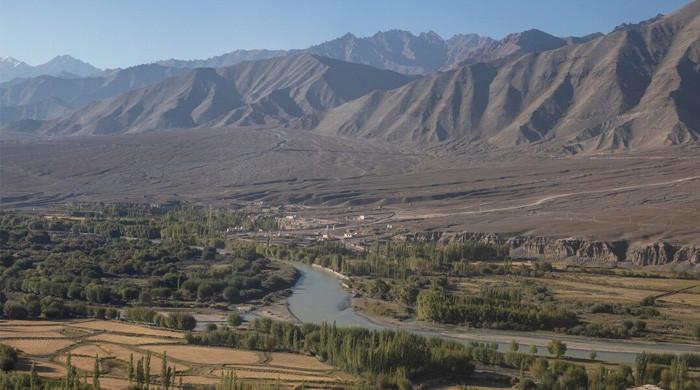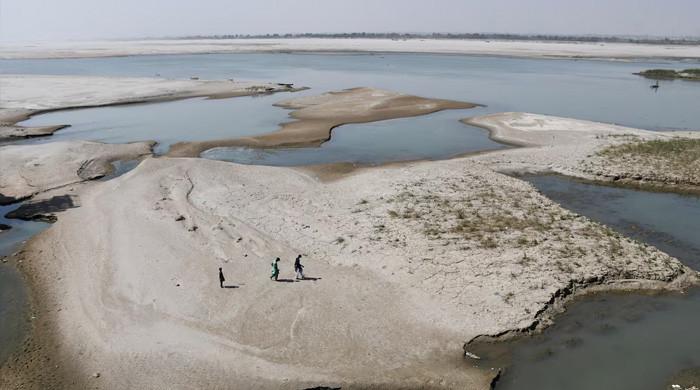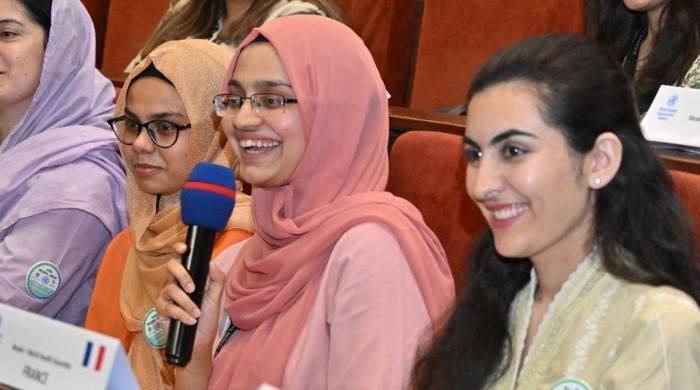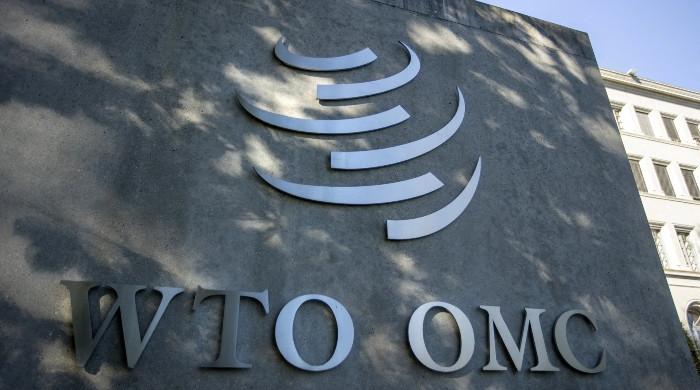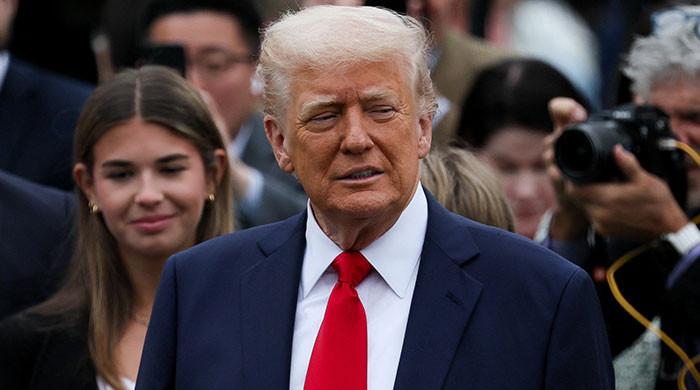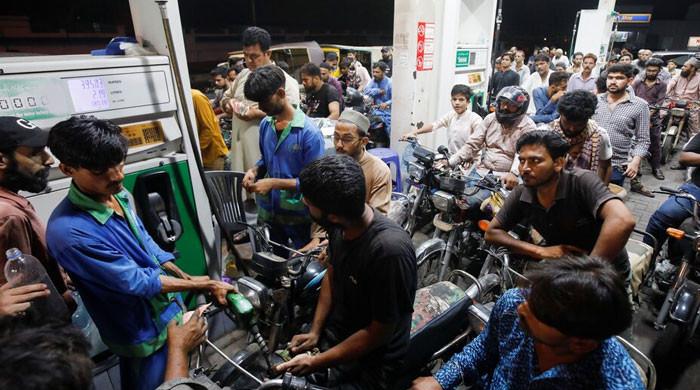Civil-military ties: The case of Indonesia
In 1998, when the New Paradigm was adopted in Indonesia, the military prepared a plan to help formally transition out of civilian life
June 07, 2022
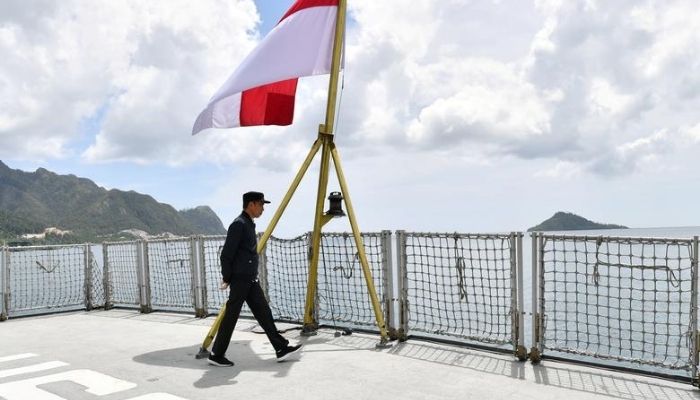
Transformational change is not impossible. No matter what political party one supports or what views one has about various political personalities, there is consensus about one thing. The state of the country, the economy, and public discourse are not good, and current circumstances do not inspire confidence.
The degree of partisanship and divisiveness is reflective of the stark differences within and between all key Pakistani institutions—the Pakistani family, parliament and political parties, the executive (including all branches of government); and perhaps less obviously but most worryingly, right across the spectrum of religious discourse. Division, disunity, and disenchantment rule the day. It is hard to see how things will get better – but they can, and, inshaAllah, they will. Transformational change is not impossible. It has been done in places with more dire circumstances than Pakistan today.
Forty years of conflict in Afghanistan and an existential struggle to protect the nation from India have been burdens that the Pakistani people (especially its policemen and soldiers) have borne at great expense. This expense may sometimes blind us to the very real and profound struggles that have shaped the national stories of other important countries. None may be as important as Indonesia’s.
In 1998, Indonesian elites were not unlike today’s Pakistani elites. Confused, divided, and certain that the existing order was unsustainable, yet paralyzed. Unlike the Pakistani elite, however, Indonesia’s most important citizens were able to mobilise a national rescue plan that correctly identified the most important issues the country faced and robustly tackled them. There were many heroes in the Indonesian story and very few villains. It was a ‘grand national dialogue’ borne of desperation and necessity – and in many ways, the reform process that began at the outset of the Asian financial crisis of 1998, nearly a quarter century ago, continues to this day. At the heart of Indonesia’s transformation? clarity about the importance and sanctity of the country’s large and powerful military.
Large and powerful militaries don’t grow in a vacuum. The experience of Dutch colonisation and the need to forge a nation state that was unified and coherent necessitated Indonesia having a large and powerful military, not unlike any "normal" European republic. Multiple insurgencies and separatist movements have dogged Indonesia’s national coherence since independence, and one way in which the country sought and secured stability was to ensure that the national story of Indonesia was the national story of its military.
Over time, the idea of the dual function or ‘dwi fungsi’ military became deeply embedded and ingrained. The military and the police were one and the same—formally and structurally unified. By 1980, serving military officers took up half the cabinet; three quarters of the posts of secretary general; 80 per cent of the posts of director-general, 84 per cent of the posts of minister secretary; and 75 per cent of provincial governors’ posts. Concurrently, military officers were involved in local governance at a scale and scope that is difficult to imagine for anyone who has lived in a relatively free democracy.
The district, sub-district, and village level governance were managed by the kodim, koramil, and babinsa military commanders at each respective level. The ‘sector commander’ in Indonesia was an explicit, visible, and formally ingrained element of national life. There was no ‘Department of Agriculture’ because virtually every division, department, and unit was led by a uniformed military officer. When the 1998 financial crisis hit Indonesia, it did so in a manner that was jarring for an Indonesian elite that had begun to enjoy the fruits of the stability that the Suharto regime had presided over for three decades. But as the house of cards that Wall Street had helped construct in East Asia to fuel its rapid and unprecedented economic growth collapsed, so did foreign consultants and financial sector experts, who disappeared on flights back home to London, New York, and beyond.
The elites of East Asian economies were left to contend with the aftermath. In Indonesia, this included a deep examination of how decision-making in Jakarta could have allowed the kind of gambles that were made in the mid and late 1990s. The broad conclusion was that the country’s decision-making infrastructure had become calcified and immune to the only market that matters in large, diverse countries: the sense of well-being among the people. Absent accountability, the national story of Indonesia would suffer greatly.
To reorient the country’s trajectory, two men worked, almost in lockstep but from very different vantage points. In it, Lieutenant General Agus Widjojo designed and curated a grand plan to protect the military from the over-exposure it suffered from in day-to day Indonesian political and public life. This plan was called the New Paradigm plan.
At the same time, Bacharudin Jusuf Habibie, a scientist who had spent two decades as minister for research and technology, became president (rather accidentally) and launched a massive quantum of reforms at a blistering pace. Though Habibie was president for only 17 months, and Lt Gen Wuidjojo’s ideas for reform were viewed with great scepticism within the military, the desperation for national transformation in Indonesia prevailed.
In a paper for the Nordic Institute of Asian Studies, Sukardi Rinakit reports that the scale of formal military officer involvement at the time of Suharto’s resignation in 1998 was as follows: 75 out of 460 members of parliament were military officers appointed by the GHQ in Jakarta to represent the armed forces. Of the 26 provincial governors, 15 were serving military officers. Of the country’s 293 mayors, 119 were military officers. And there were over 6,800 serving officers in civilian bureaucracy positions.
The New Paradigm was eventually adopted by the military leadership and executed with standard military precision and ruthlessness. The army chief that oversaw this major change was General Wiranto, along with his deputy, Lieutenant General Susilo Bambang Yudhoyono, who later became president of Indonesia. The pace of reform was breath-taking. From November 1998, when the New Paradigm was adopted, till June 1999, the military had prepared a plan to help formally transition out of civilian life. Serving officers in civilian roles were given three choices: resign from the military and join the civil service; resign from their civilian roles and re-join the active military, or retire early. Of the 6,800 officers spread across the system, 6,002 were ordered to choose. During the first round of compliance, about half of the people chose to retire, and the other half chose either the military or the civil service.
In 1998, Indonesia’s GDP was $95 billion. Today it is over $1,100 billion.
Even though it was Indonesia's worst year since COVID-19 caused the economy to slow down, the economy grew by 3.6%.
Indonesia’s per capita GDP has gone from $464 in 1998 to nearly $4,000 today. For comparison, Pakistan’s was $461 in 1998, and is less than $1,200 today. From just three dollars behind Indonesia in 1998, Pakistan is now nearly 3,000 dollars behind.
Indonesia has all the troubles a large, post 9/11, diverse Muslim society may be expected to have. Violent extremists from Al Qaeda to Daesh have sought to destroy the country. Separatists have sought to do the same. Corruption and inefficiency still plague the country. And the US competition with China causes strategic nightmares for Indonesia’s leaders—all of whom are elected.
Yet, through these challenges, Indonesia’s military has retained the undying admiration and devotion of its people. Indonesian generals often transition from life in the mess, to life in parliament and in boardrooms – as a vibrant democracy and a growing economy, there is plenty of room within the rarefied air of elite Indonesia for any officers that have ambitions beyond soldiering and defending the nation.
Best of all, there is no end to reform. Indonesia has suffered many setbacks in its journey to becoming a better country. Every round of reform is contested, and there is often backsliding both in terms of how accountable the leadership of the country is to the people, and in terms of how the Indonesian state cares for and answers to its people. But its military, its soldiers, airmen, seamen, and spies, are protected from the noise and the machinations of the daily grind of governance and public discourse.
The instability and uncertainty of the end of the Suharto regime are a distant memory. Indonesians live in an imperfect country, as we all do – but they also live in a country that they know they can change for the better.
Transformational change is possible.
The writer is an analyst and commentator.
Originally published in The News





